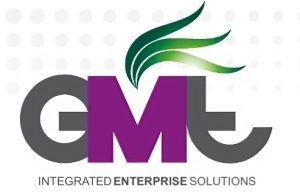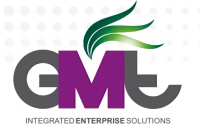HR Solutions
HR (from GMT, partnering with EMC) is centered on allowing an organisation to manage their HR documents more effectively. It eliminates the issue of inaccessibility of documents – in any organisation, HR documents must be used by different people. When documents are stored as hard copies it means people have to actually go to the HR registry in order to use a document from an employee’s personnel file, which takes time. This will also result in waiting periods, as others must wait for that document to be returned before they can use it.
The HR solution is built to combat such issues. All information is stored in a centralised electronic repository. This ensures that anyone can access the information for reading purposes from anywhere, and many people can have concurrent access to the same information.
Gain visibility of documents
In any organisation, documents are sometimes lost. In HR the problem is exacerbated: a registry must store all employee files, and different functions of HR may need to use a single file. If that one file has been borrowed and is not returned on time, work in the HR department grinds to a halt until the physical file or document is brought back to the registry. With documents in a centralised electronic repository, we have a single ‘point of truth’, and many people using the same version of a document. Effectively, multiple people will be able to obtain information from the same document at the same time.
Personnel Files
The HR module allows Human Resources staff to capture the organisation’s employee files. HR can now classify the files that are created in EDMS, and link them to the relevant employees. An employee file is then known as a personnel file within EDMS. All aspects of an employee’s working life can be captured into the system, from recruitment and promotions to allowances and salary increases.
Personal Files
Personal files are created by an employee, about the employee. They include elements such as a CV, ID, and passport.
Recruitment
On recruitment of a new employee, the HR module will begin to create the employee’s personnel file within EDMS. Recruitment information pertaining to that post will be captured into EDMS. This will also include the advertisement that was used for the post.
Industrial Relations
As part of the HR module, EDMS is designed to allow the organisation to monitor, control and manage the legal aspects of their employee files. For example, when an employee has undergone disciplinary action, the information can be kept in the employee’s personnel file. The Industrial Relations component is built to encompass all aspects of disciplinary cases. HR users can capture case details, the outcome of the case, whether an employee has been suspended and for how long, as well as keeping track of any payments made that are tied to an Industrial relations case. This means that the legal aspects of the employee’s affairs (within the company) are being kept on record in one personnel file.
Training
Another aspect of HR that can be managed using the HR module is employee training records. An employee can effectively create a request to attend training on EDMS. All documents regarding the employee’s training can then be captured into the system, together with the request. This can serve as supporting documentation for an employee’s training request.
Policies and Procedures
All HR policies and procedures for the organisation can now be managed by EDMS. This means that an organisation can create, edit, monitor and review their policies and procedures in one location, while giving the entire organisation a view of the current version of their documents. The organisation members will be able to access policies and read them concurrently.
Auditing compliance
Once the HR module has been deployed, the client will have a centralised repository containing all documents relating to the employees. If necessary an organisation could even give auditors access to the system, which could potentially also reduce the time spent in the audit process.
Crystal reports will also complement audits, as reports can be run for the organisation according to audit requirements. These reports may be scheduled to run periodically, which is an added advantage for an organisation.
Enterprise Content Management
Key Features
- Storage and manipulation of personnel files
- Visibility of documents to all HR employees
- Management of labour relations cases and linking to employee personnel file
- Monitoring of recruitment process monitoring
The Big Picture
- Managing personnel files
- Visibility of documents
- Industrial relations
- Monitoring recruitment process
- Training
- Policies and Procedures

